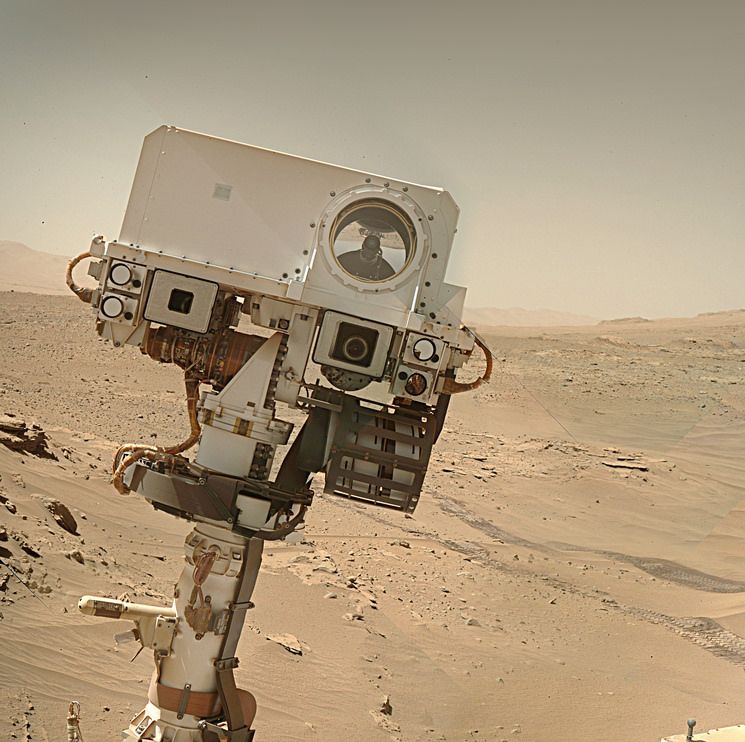In recent days Curiosity rover has been investigating several rocks within the rover’s workspace that are covered in cracks, or fractures, that form polygonal patterns. The science team are interested to better characterize the geometry of these cracks and to see if they are associated with any compositional differences from the rock. The data obtained will give them clues about how they formed. Did they form when stresses pushed on the rock in just the right manner to fracture it into polygonal shapes? Or do the cracks record the rock expanding and contracting, either due to massive daily changes in temperatures on the Martian surface, or minerals within the rock gaining and losing water? Or perhaps it is something different? The composite image attached is assembled from a set of overlapping mast camera images from sol 4368, that were first Bayer reconstructed. Zoom in to see the fine details. Image credits: NASA/JPL-Caltech/MSSS/fredk


IIRC the sedimentary rocks are estimated to be around 3 - 3.5 billion years old.